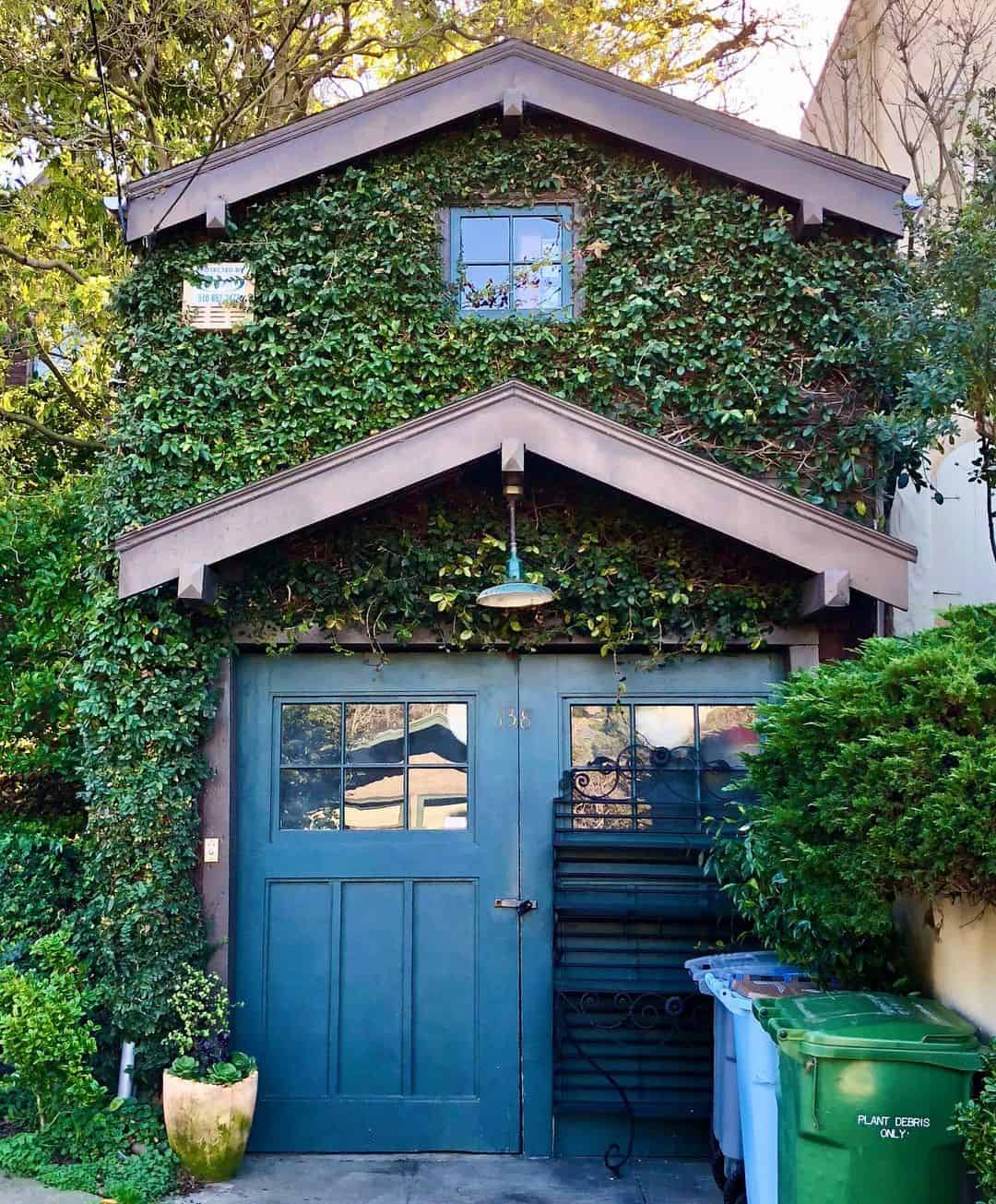An ivy-covered home can be charming, but it presents specific challenges that require preparation and commitment.
From structural implications to legal concerns, tackling an ivy-covered residence isn’t for the faint of heart.
Here are 10 signs you might not be ready to take on this leafy endeavor, each highlighting a unique aspect of the challenges involved.
1. Structural Intrusion

Ivy’s invasive nature can spell trouble. Emerging through tiny cracks, its persistent growth may lead to structural compromise.
Imagine ivy tendrils sneaking into every crevice. While visually enchanting, its presence demands vigilance.
Regularly inspecting walls can prevent long-term issues. With time, unchecked ivy can escalate structural woes, making it vital to act swiftly and decisively when needed.
2. Unruly Growth

Ivy doesn’t just grow; it explodes! Left unattended, it morphs into an unruly beast, consuming facades and swallowing windows.
Imagine your house disappearing behind a verdant curtain.
Curating this green giant demands weekly attention, clippers in hand, to restore order before chaos reigns, preserving both the home’s charm and its curb appeal.
3. Moisture Havoc

Moisture, a silent adversary, thrives beneath ivy’s shade, fostering mold and mildew. Picture the damp underbelly of leaves clinging to old brick.
This hidden dampness could herald decay.
Vigilance in monitoring and maintaining ivy’s growth is crucial to safeguard your home’s integrity, preventing moisture-related disasters that lurk unseen.
4. Pest Haven

Ivy’s dense foliage is a sanctuary for critters. Insects, rodents, and more find refuge within. Visualize a bustling ecosystem thriving just outside your walls.
This leafy jungle may invite unwanted guests indoors.
Regular pest control measures become essential, ensuring your home remains a sanctuary for humans, not a hotel for pests.
5. Blocked Illumination

Ivy casts shadows, literally. By shrouding windows and vents, it steals sunlight and hampers airflow. Picture rooms turned dim caves.
The allure of natural light dims under its embrace.
Consistent trimming is key to inviting light back in, ensuring your home remains bright and airy, not cloaked in perpetual twilight.
6. Hidden Damages

Ivy’s beauty can be deceiving. It conceals flaws, masking leaks and damage beneath its leafy cover.
Envision the difficulty of detecting issues enveloped by greenery.
This visual deception requires keen observation and regular checks, ensuring hidden problems don’t grow unchecked, spiraling into significant challenges over time.
7. Escalating Costs
An ivy-clad home demands more than admiration; it demands investment.
The financial burden of continuous care, pest control, and possible repairs can mount quickly. Imagine bills stacking up alongside ivy tendrils.
Ownership entails preparedness to manage these growing expenses, preventing financial strain while maintaining this botanical beauty.
8. Exterior Access Obstruction
Ivy creates barriers. Painting or repairing exteriors becomes an obstacle course. Visualize workers wrestling through tangled vines.
The complexity of accessing walls can lead to labor-intensive and costly projects.
Prep work often involves ivy removal, adding layers of complexity to home maintenance that might surprise the uninitiated.
9. Regulatory Hurdles

Ivy may clash with rules. Some communities impose restrictions on climbing plants. Picture a letter from the homeowner’s association demanding compliance.
Legal limitations can restrict ivy ambitions, necessitating adherence to guidelines.
Understanding local regulations is crucial to ensure your leafy adornment doesn’t breach community standards.
10. Invasive Growth Challenge

Ivy is relentless, often crossing boundaries. Its sprawling growth can overrun gardens and neighboring properties.
Imagine managing an ever-expanding green carpet.
Containment requires consistent effort, as this determined climber respects no borders, challenging your resolve to maintain harmony between your home’s aesthetics and its landscape.



